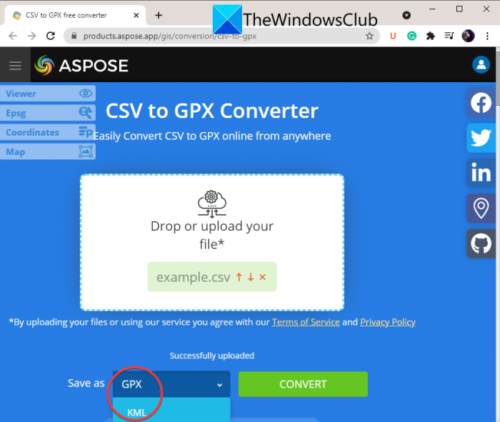

For example, when a CSV file containing date fields is published with pacific time selected as the time zone, all date and time values in your CSV file will have eight or seven hours added as part of the conversion to UTC, depending on whether the date values fall within daylight savings time. The specified time zone is used to mitigate the offset because ArcGIS Online assumes date and time data to be in UTC. When you publish a hosted feature layer from a CSV file, you can specify the time zone of the data. Pacific time is eight hours behind UTC except during daylight saving time-when UTC time is 10:00 AM, it is 2:00 AM pacific time. For example, suppose your computer is set to pacific time (United States and Canada). This is done by querying your computer and asking it for its time zone setting. Whenever a date field is displayed, the date is converted from UTC time into your local time. The alternative of storing date and time in a local time zone leads to all sorts of problems, especially if you, or the server hosting your data, move to another time zone. Dates are assumed to be UTC because the physical location of the server hosting your data can be anywhere in the world. The following location fields are supported:ĭate fields in CSV files are assumed to contain Universal Time Coordinated (UTC) date and time. You are always prompted to review location files in Map Viewer and the Content page. In Map Viewer Classic, if the coordinate information cannot be determined or if the file contains address or place information instead, you are prompted to review the location fields and change them if necessary.

*Latitude and longitude information must be in decimal degrees. ArcGIS Online supports the following coordinate types: If the file contains coordinate fields, ArcGIS Online uses these fields to locate the features on the map.

Coordinates must be in two separate fields. Addresses can be stored in one or more fields. The first row in the file must contain the location field names. Location fields can contain coordinate, address, or place information. To use CSV or TXT files in your organization, the file must include location fields. The following sections contain information about supported data formats in CSV and TXT files, and what you need to consider when adding CSV and TXT files to a map. Other separators are not supported.Īs no data types are enforced in the file, ArcGIS Online relies on the field names and specific formatting in the fields to interpret the data type that should be applied. In CSV files and TXT files, fields can be separated with a comma, semicolon, or tab. The first row in the file defines the names for all subsequent fields. If the CSV file contains address or place information, updates made to the CSV file on the web will not be reflected in the map.ĬSV and TXT files store information in plain text. If the CSV file contains coordinate information, updates made to the CSV file on the web will appear in the map. If the CSV file is stored on a publicly accessible website, you can reference it from the map in Map Viewer or in Map Viewer Classic as a layer on the web.When you add a CSV file without location information to Map Viewer, a table layer is published and added to the map.
#GPX TO CSV CONVERTER ZIP#
This is useful when you want to join nonspatial data-for example, property damage claims related to a recent tornado-to spatial data such as a ZIP Codes layer using the Join Features analysis tool.
#GPX TO CSV CONVERTER DOWNLOAD#


 0 kommentar(er)
0 kommentar(er)
